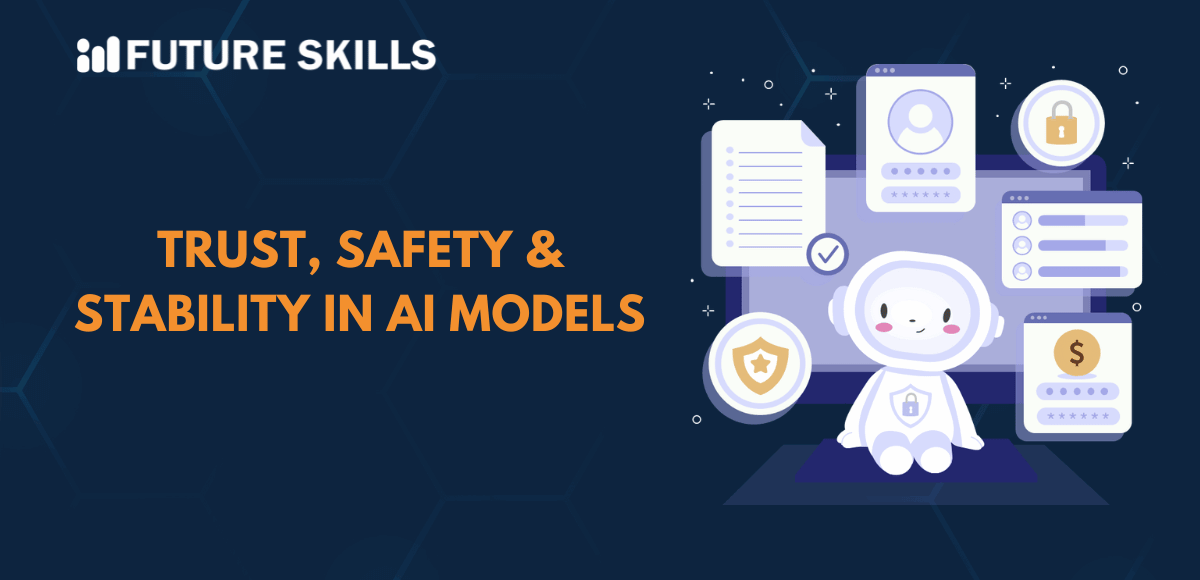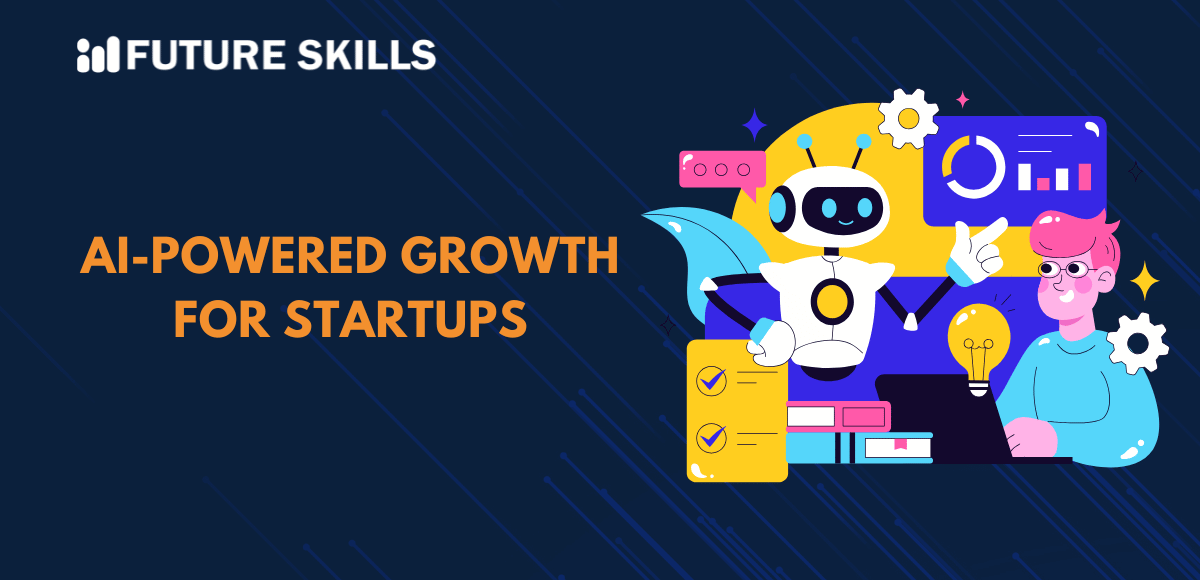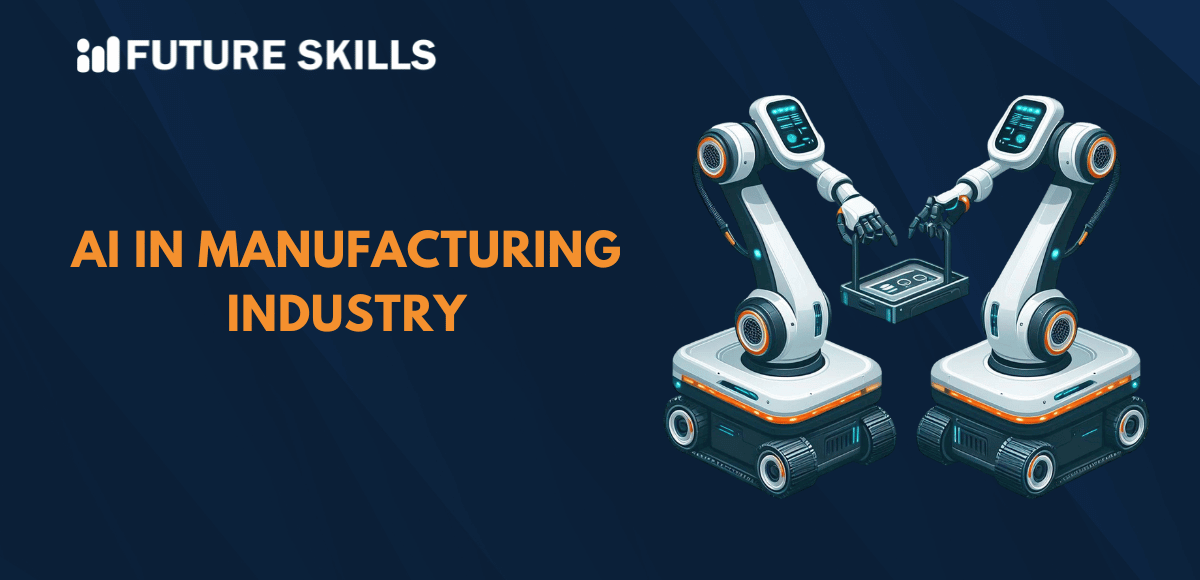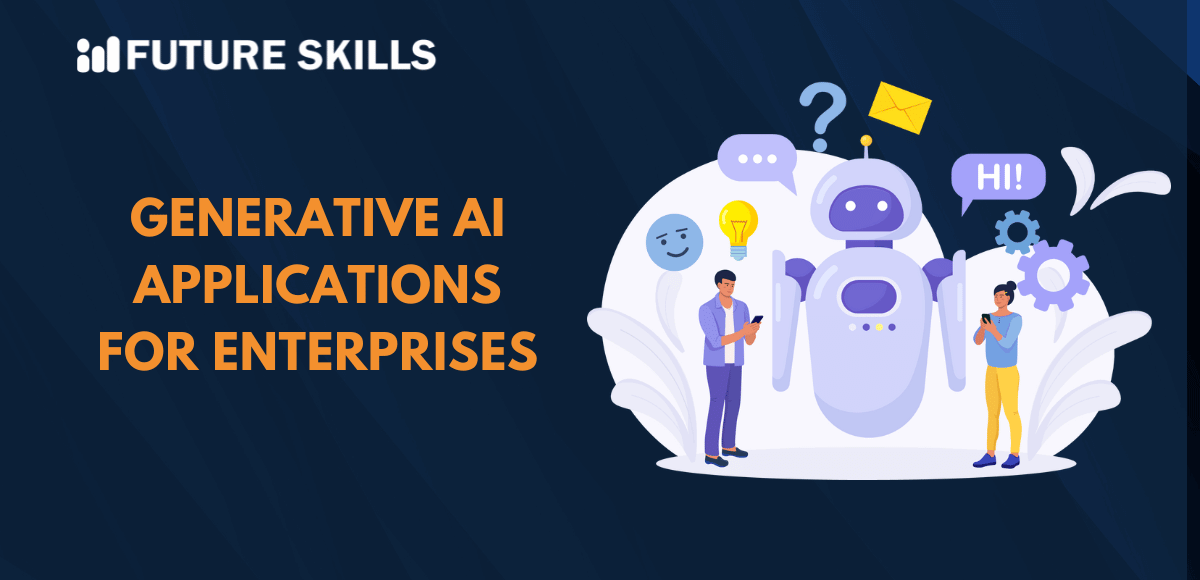Artificial Intelligence technology has grown exponentially in recent years. It has revolutionized how human beings interact with technology today. This has automatically given rise to concerns relating to AI safety. Developers today must not only build top-performing AI models but also make sure that these models are safe and secure in nature.
It has become essential to ensure that machines rem\ain safe as AI grows more advanced. In fact, it has become one of the defining challenges of the current era. It is the perfect time to explore AI safety and understand the concepts relating to alignment and model robustness.
Level up your AI skills and embark on a journey to build a successful career in AI with our Certified AI Professional (CAIP)™ program.
Understanding AI Safety
AI safety is not just about the prevention of software bugs or technical errors. It is about building robust systems that can minimize risk as well as avoid causing harm. The concept relating to AI safety covers both immediate concerns, such as biased predictions or data privacy breaches, along with long-term risks from highly autonomous systems.
A small oversight can lead to large-scale consequences in the absence of proper safeguards. One of the main reasons for AI safety concerns arises because of their unpredictable nature. Since AI models operate as black boxes, humans rarely get to understand how they make decisions. It is essential to prioritize AI safety and security so that they can become more predictable and safer in nature.
Importance of AI Safety
AI has been reshaping the world of humans like no other technology. It has been powering everything from healthcare diagnostics to automated decision-making. But AI safety and security matter more than ever as AI becomes more capable. It is key to make sure that systems act in a predictable and ethical fashion.
The purpose of AI security and safety is not to slow the pace of innovation. Its main objective is to strengthen the level of trust. AI can best serve human beings if focus is laid on safety and ethical dimensions. There is a need for strong oversight into its development so that AI will not endanger human beings. It is high time for individuals as well as organizations to know the answer to the question: What is the safety and security of AI?
Excited to understand the crucial requirements for developing responsible AI and the implications of privacy and security in AI, Enroll now in the Ethics of Artificial Intelligence (AI) Course.
What is AI Alignment?
AI safety and alignment have a deep interconnection with each other. Artificial intelligence alignment refers to the process of encoding human values as well as goals into AI models. Its purpose is to make AI models safer, more reliable, and helpful.
AI models can generate harmful and inaccurate outputs. They may also produce biased output for users that is not aligned with their goals and objectives. In order to reduce these concerns, there is a need to focus on AI safety and alignment. Alignment can play a key role in reducing the side effects associated with Artificial Intelligence technology. It can make sure that AI systems behave as expected and their response is in line with human values as well as goals. While answering the question – What is the safety and security of AI? It is a must to understand the significance of the alignment concept.
Key Principles Relating to AI Alignment
To understand AI Alignment at an in-depth level, you need to familiarise yourself with its key principles. The key principles of AI Alignment include:
-
Robustness
An AI system needs to be robust in nature. This is a vital principle that can ensure that the system can operate under challenging conditions and diverse environments. A robust system can act in a resilient manner in unforeseen circumstances.
-
Interpretability
AI interpretability is of critical importance since it can help people to better understand the underlying decision-making process in AI. AI alignment must improve the overall transparency of AI systems.
-
Controllability
Controllable AI systems are the ones that respond to human intervention. It is a pivotal factor that can help prevent AI models from generating harmful outcomes that are beyond human control. The role of this principle is vital to prevent any AI alignment problem that is resistant to human control.
-
Ethicality
The AI systems that are ethical in nature are aligned with moral standards as well as societal values. These systems are capable of adhering to human ethical principles relating to fairness and trust. They also comply with other principles such as moral agency and inclusion. The specific principle can prevent the AI alignment problem relating to ethics from arising.
Learn how ChatGPT and AI can transform your career and boost your productivity with the free ChatGPT and AI Fundamentals Course.
Ensuring AI Safety and Robustness
While learning about AI safety and alignment, it is essential for you to broaden your insight relating to model robustness. Model robustness is considered to be one of the key pillars of AI safety. Model robustness refers to the ability of a machine learning model to withstand uncertainties. This capability is a must while talking about AI safety so that an AI model can perform accurately in varying contexts. It is essential to bear in mind that AI safety and robustness go hand in hand.
The significance of AI safety and robustness cannot be overemphasized. Developers need to ensure model robustness since it is essential to increase the overall resilience of AI models. An Artificial Intelligence model that is resilient in nature will be capable of performing critical jobs effectively.
Significance of Model Robustness
The role of the robustness dimension cannot be negated while developing AI models. Some of the main reasons why the robustness of AI models is of critical importance in the prevailing digital age include:
-
Safeguards Models Against Malicious Attacks
Models need to be built in a robust manner, and their robustness needs to be ensured in order to protect them from malicious attacks. Adversarial attacks have the potential to distort input data. Robustness can enable developers to develop models that are resistant to such attacks.
-
Fairness
In order to ensure fairness, there is a need to train models on representative datasets without any form of bias. It implies that robust models are capable of fairer predictions. They can also perform better on data that may contain inherent bias.
-
Minimizes Sensitivity to Outliers
Outliers have the potential to adversely affect the performance of algorithms. The robustness of models must be ensured so that they can be less sensitive to outliers.
-
Heightens Trust
Model robustness is crucial to improve trust. In fact, robustness is critical to maintain a high level of performance by curbing the chances of mistakes or errors.
Enroll now in the Machine Learning Essentials Course to explore the implications of supervised, unsupervised, and reinforcement learning in diverse real-world use cases.
Final Words
Today, AI technology is gaining momentum like never before. It is essential to prioritize AI safety and security as AI is growing more powerful with each passing day. Developers need to build safer and secure AI models that can act as a boon for mankind.
It is vital to ensure that AI acts in harmony with human values and morals. The role of AI safety is of high importance in the prevailing times. It is time to prioritize AI safety so that the novel technology can create value for human beings all across the globe.






